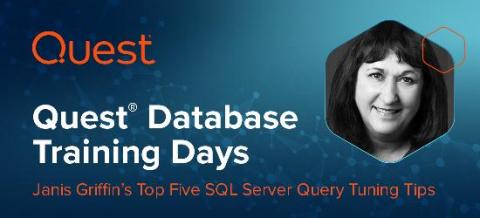How to Run a Time Series Database on Azure
Today we’re pleased to announce the general availability of InfluxDB Enterprise on Microsoft’s Azure Marketplace. We’ll dive into all of these below, but first, let’s take a step back in case you’re not familiar with time series databases. If you’re looking for a time series database, here are three things to look for.











